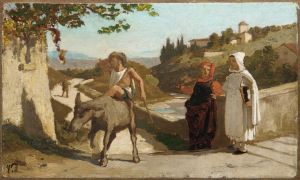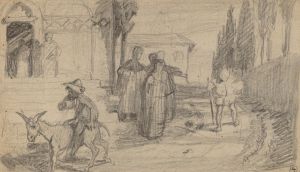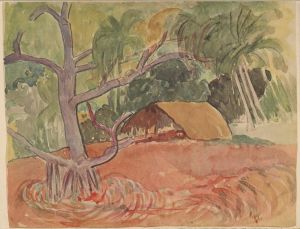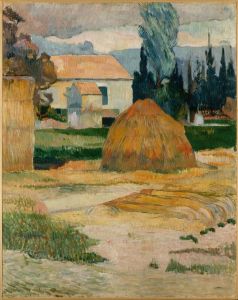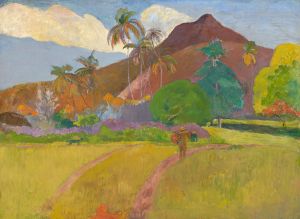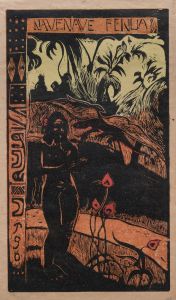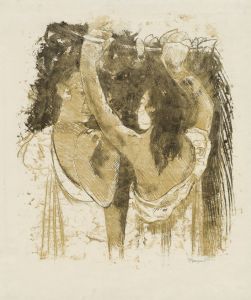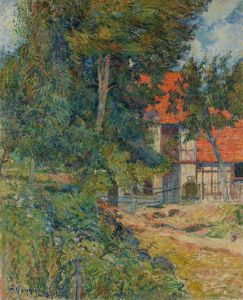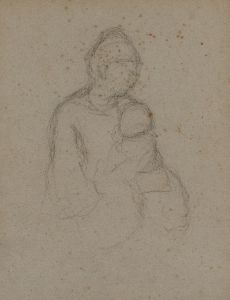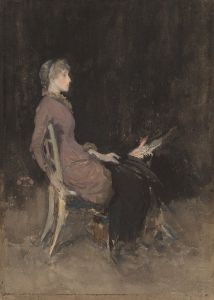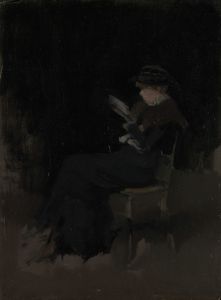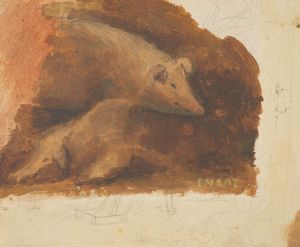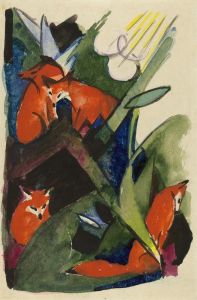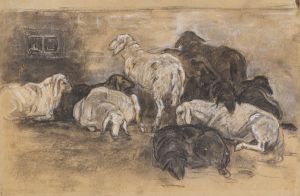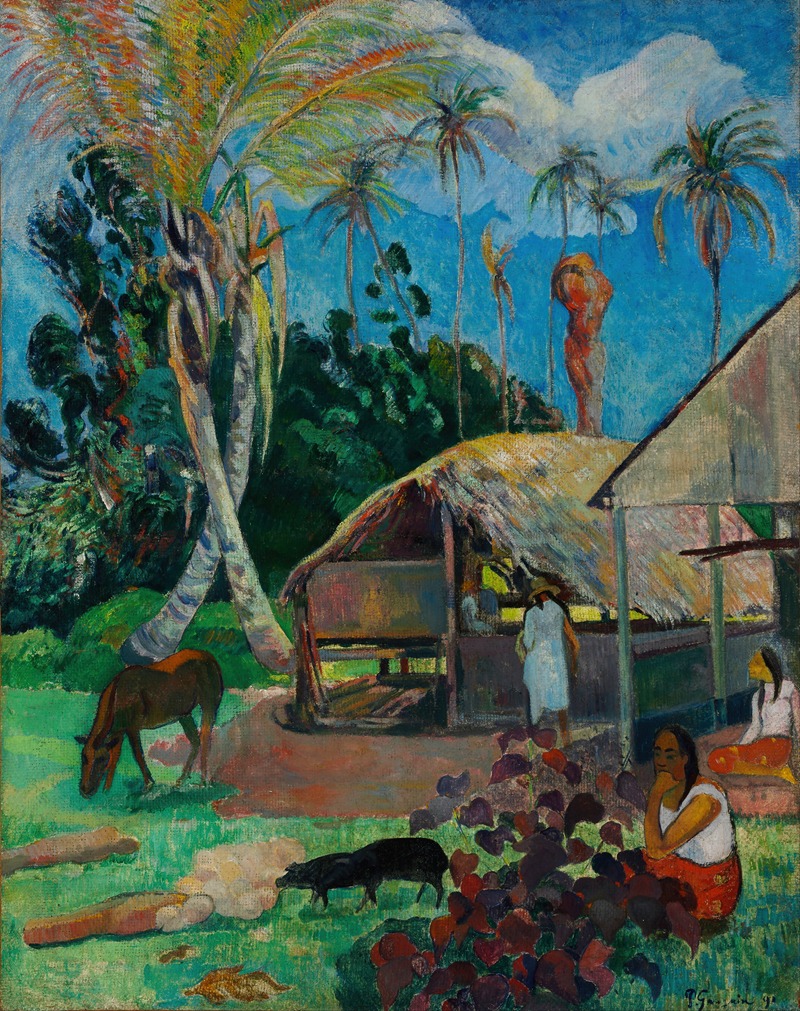
The Black Pigs
A hand-painted replica of Paul Gauguin’s masterpiece The Black Pigs, meticulously crafted by professional artists to capture the true essence of the original. Each piece is created with museum-quality canvas and rare mineral pigments, carefully painted by experienced artists with delicate brushstrokes and rich, layered colors to perfectly recreate the texture of the original artwork. Unlike machine-printed reproductions, this hand-painted version brings the painting to life, infused with the artist’s emotions and skill in every stroke. Whether for personal collection or home decoration, it instantly elevates the artistic atmosphere of any space.
Paul Gauguin's painting The Black Pigs (French: Les Cochons noirs) is a work created during the artist's time in Brittany, France, in the late 19th century. Gauguin, a leading figure in the Post-Impressionist movement, often sought inspiration from rural and non-industrialized settings, and this painting reflects his interest in the pastoral life and the simplicity of the Breton countryside.
The artwork depicts a group of black pigs in a natural setting, surrounded by lush greenery and a rural landscape. Gauguin's use of bold colors and simplified forms is characteristic of his style during this period, as he moved away from the naturalistic representation of Impressionism and toward a more symbolic and expressive approach. The painting captures the tranquility and timelessness of rural life, a theme that Gauguin frequently explored in his work.
Gauguin spent several periods in Brittany, particularly in the village of Pont-Aven, where he became associated with the Pont-Aven School. This group of artists was known for its innovative use of color and form, as well as its focus on the spiritual and symbolic aspects of art. The Black Pigs exemplifies these tendencies, with its emphasis on the harmony between humans, animals, and nature.
The exact date of the painting is not definitively documented, but it is generally believed to have been created in the late 1880s, during one of Gauguin's stays in Brittany. This period was crucial in the development of his artistic style, as he began to experiment with techniques that would later influence his work in Tahiti and other locations.
Today, The Black Pigs is recognized as an important example of Gauguin's Breton period. The painting is held in the collection of the Musée d'Orsay in Paris, France, which houses many significant works from the 19th century. It remains a testament to Gauguin's ability to capture the essence of rural life while pushing the boundaries of artistic expression.
This work is often studied in the context of Gauguin's broader career and his contributions to the Post-Impressionist movement. It reflects his desire to move beyond the conventions of traditional Western art and to explore new ways of seeing and representing the world.





